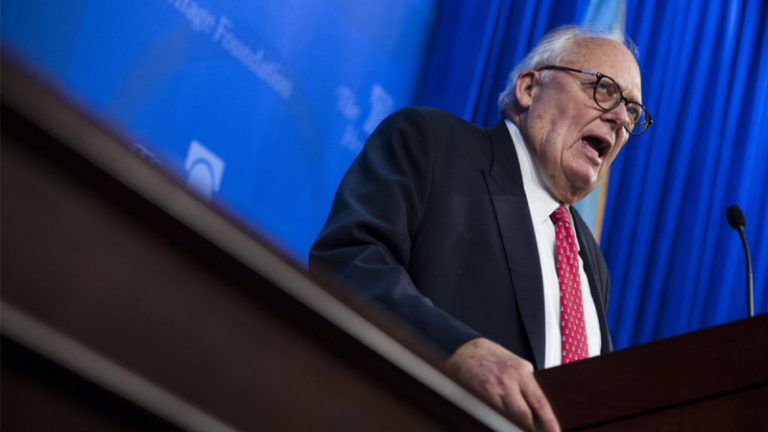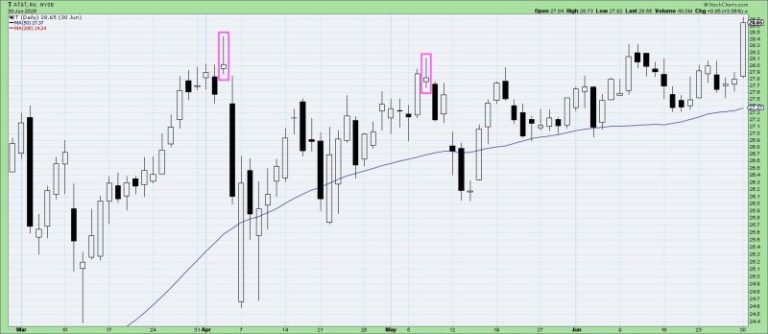U.S. Secretary of State Marco Rubio announced visa restrictions on a Brazilian judge after the country’s Supreme Court issued search warrants and restraining orders against former President Jair Bolsonaro.
Brazilian Supreme Court Justice Alexandre de Moraes, his unspecified allies on the court and his immediate family members will face visa revocations, according to Rubio, who criticized what he called a ‘political witch hunt’ against the former president.
‘President Trump made clear that his administration will hold accountable foreign nationals who are responsible for censorship of protected expression in the United States,’ Rubio said in a statement.
‘Brazilian Supreme Federal Court Justice Alexandre de Moraes’s political witch hunt against Jair Bolsonaro created a persecution and censorship complex so sweeping that it not only violates basic rights of Brazilians, but also extends beyond Brazil’s shores to target Americans,’ he continued.
As part of the court’s orders, Bolsonaro is prohibited from contacting foreign officials, using social media or approaching embassies over allegations he sought the interference of U.S. President Donald Trump, according to the decision issued by Moraes, who cited a ‘concrete possibility’ of him fleeing the country.
Federal police raided Bolsonaro’s home, and he had an ankle monitor placed on him.
Trump has already attempted to pressure Brazil’s officials to help Bolsonaro by announcing a 50% tariff on goods from the country from August 1 in a letter that began by criticizing Bolsonaro’s trial before Brazil’s Supreme Court on accusations of attempting to overturn the last election.
The U.S. president has pushed Brazil to end the case against Bolsonaro, arguing that the former Brazilian leader was the victim of a ‘witch hunt.’
Bolsonaro is on trial before Brazil’s Supreme Court on charges of plotting a coup to stop President Luiz Inácio Lula da Silva from taking office in January 2023.
Bolsonaro told Reuters that he believed the orders against him were issued in response to Trump’s criticism of his trial.
The former president described Moraes as a ‘dictator’ and called the latest court orders acts of ‘cowardice.’
‘I feel supreme humiliation,’ he said about wearing the ankle monitor. ‘I am 70-years-old, I was president of the republic for four years.’
Bolsonaro denied any plans to leave the country, but said he would meet with Trump if he could obtain access to his passport, which was seized last year. He also said he had contacted the top U.S. diplomat in Brazil to discuss Trump’s tariff threat.
White House spokesperson Anna Kelly said on Friday, citing previous comments from Trump, that ‘Bolsonaro and his supporters are under attack from a weaponized court system.’
On Thursday, Trump shared a letter he sent to Bolsonaro.
‘I have seen the terrible treatment you are receiving at the hands of an unjust system turned against you. This trial should end immediately!’ he wrote.
Moraes said in his decision that the restrictions against Bolsonaro were because of allegations that the former president was attempting to have the ‘head of state of a foreign nation’ interfere in Brazilian courts, which the judge called an attack on national sovereignty.
The judge added that Trump’s threats of higher tariffs sought to create a serious economic crisis in Brazil to interfere in the country’s judicial system.
Bolsonaro was also prohibited from contacting key allies, including his son Eduardo Bolsonaro, a Brazilian congressman who has been working in the U.S. to gather support for his father.
The former Brazilian president told Reuters he had been talking to his son almost daily and denied any concerted U.S. lobbying effort on his behalf. He said he expected his son to seek U.S. citizenship to avoid returning to Brazil.
A five-judge panel of Brazilian Supreme Court judges upheld Moraes’ decision.
Reuters contributed to this report.










